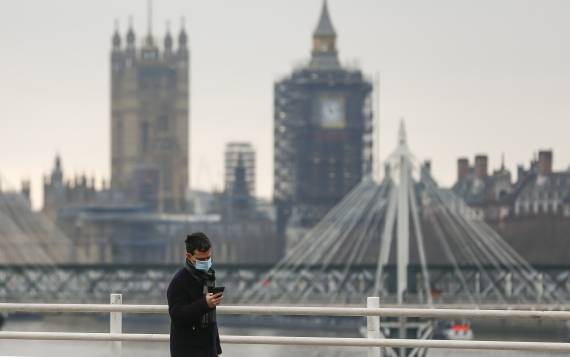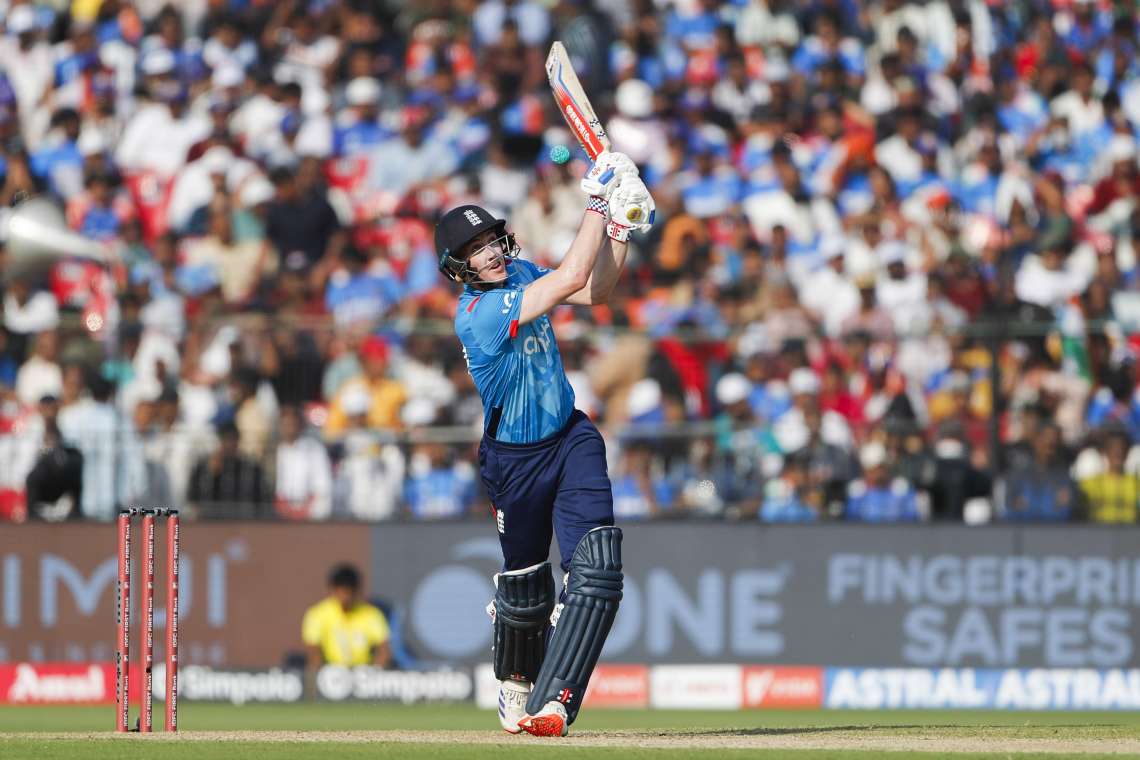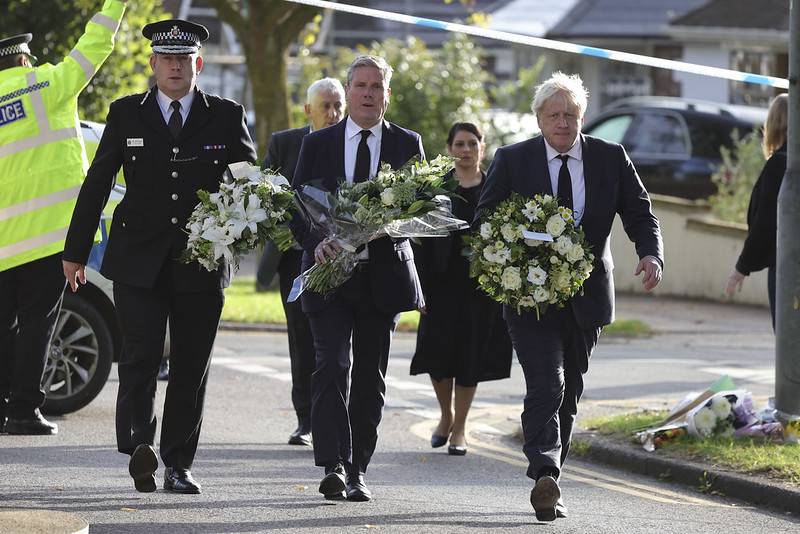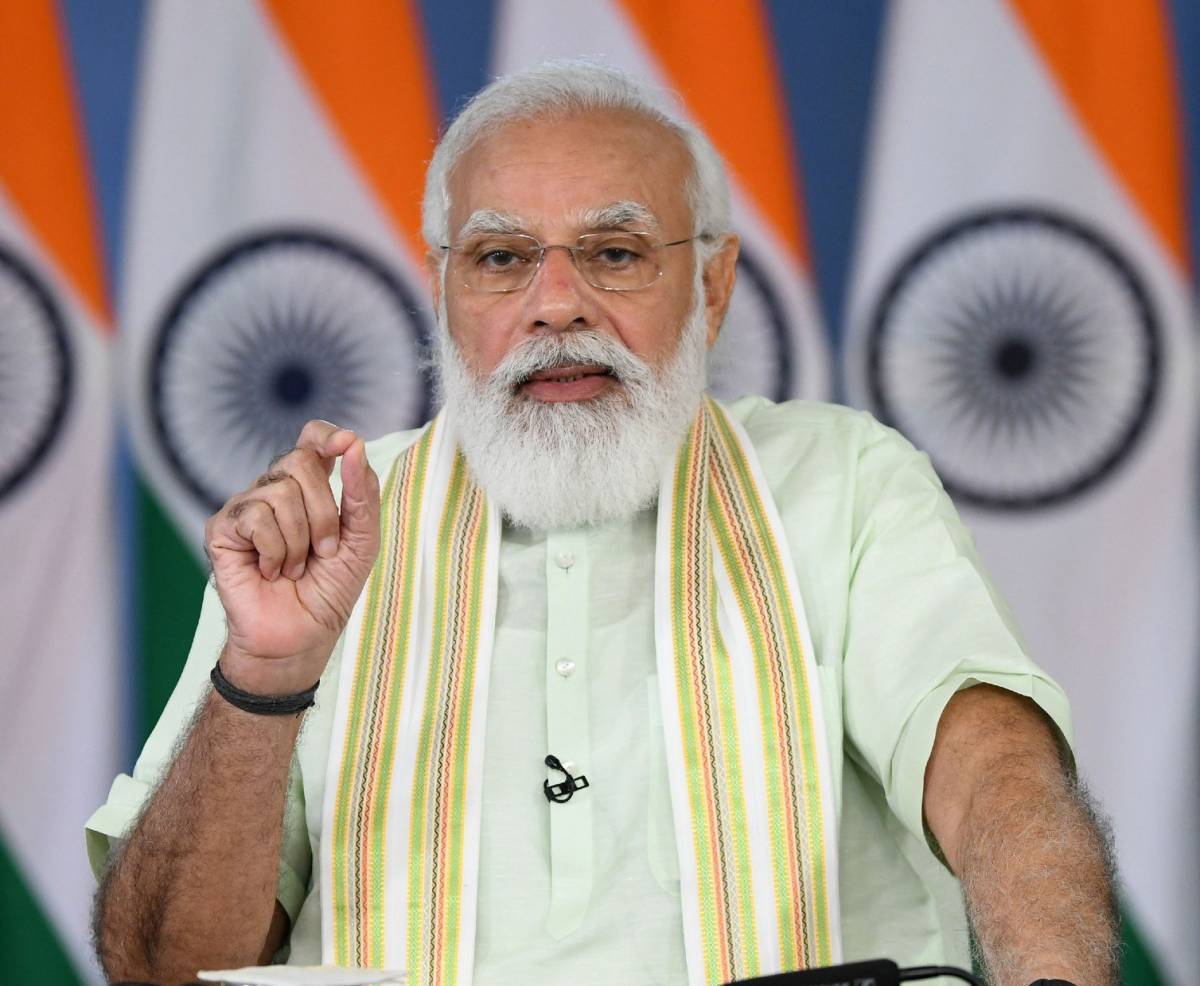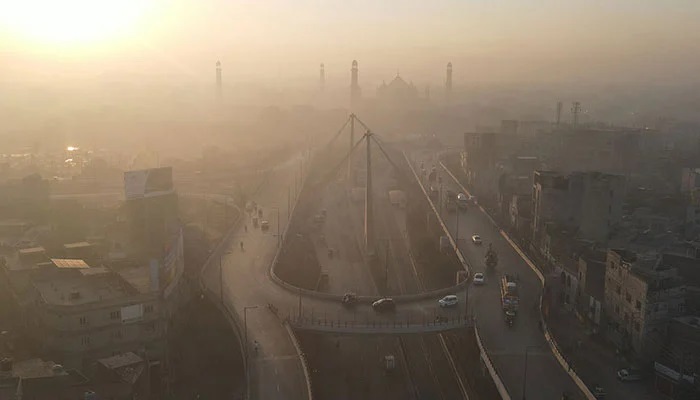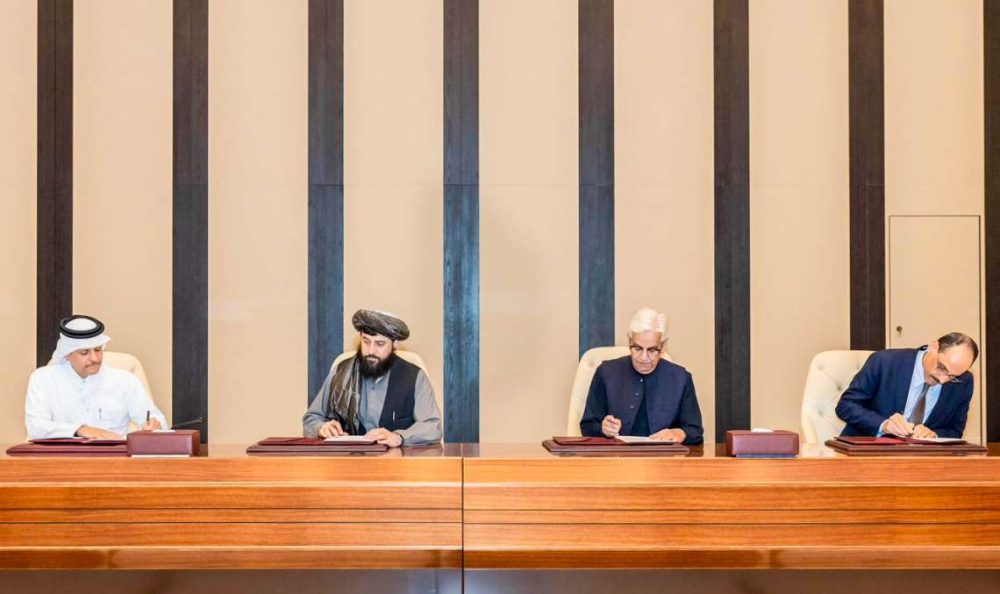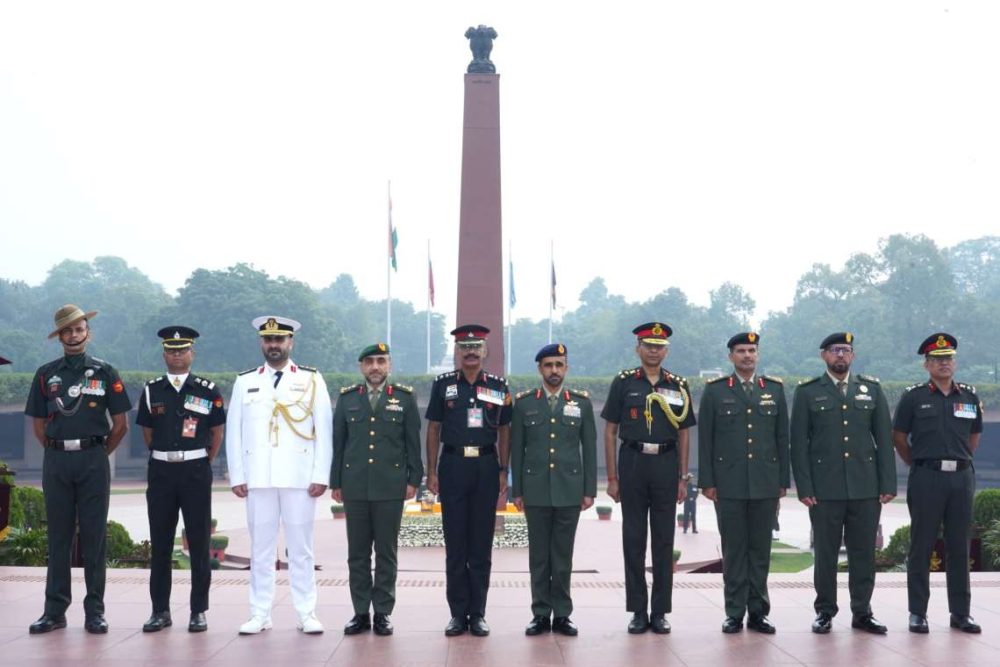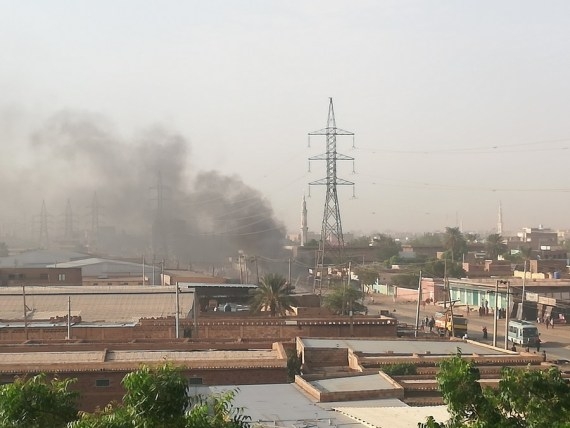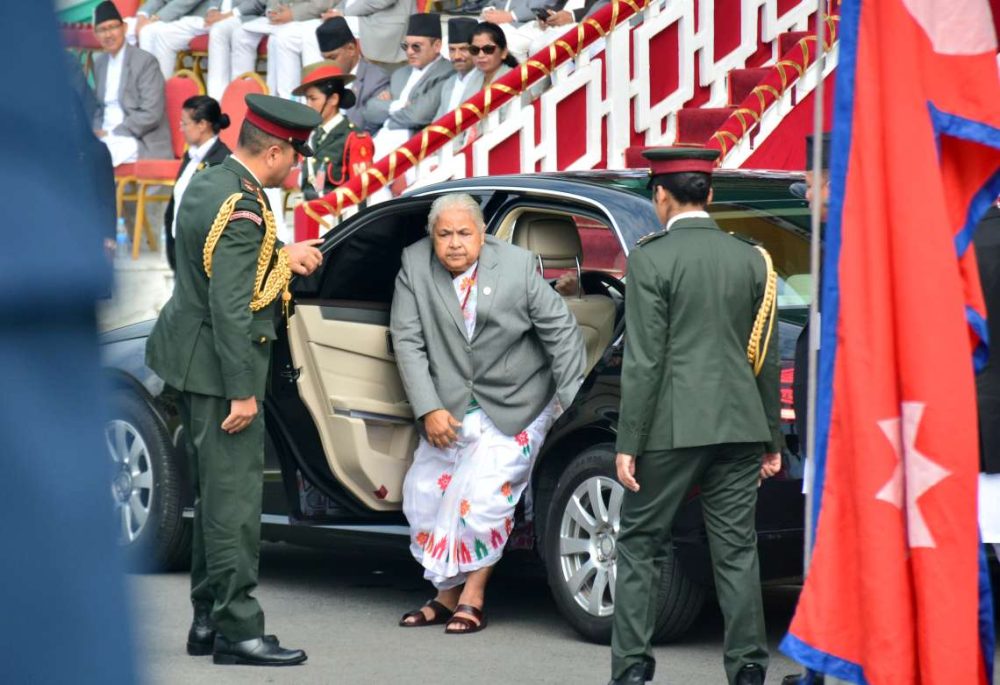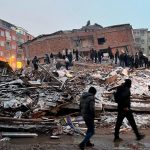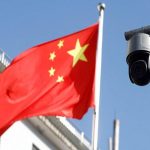The programme aims to reach communities that research shows have poor air quality and lack access to green space, including low-income and Black, Asian and Minority Ethnic Londoners…reports Asian Lite News.
The gap between the most and least deprived areas of London for exposure to harmful nitrogen dioxide (NO2) has narrowed by up to 50 per cent since 2016, according to new data revealed last week.
However, the report also shows that communities which have higher levels of deprivation, or a higher proportion of people from a non-white ethnic background, are still more likely to be exposed to higher levels of air pollution.
The analysis, commissioned by City Hall, shows that significant inequalities remain, and more work is needed to further reduce pollution levels and the health inequalities that result from unequal exposure to air pollution.
Ahead of the UK hosting COP26 and the Ultra Low Emission Zone expansion later this month, Sadiq is determined for London to be a world leader in tackling the twin dangers of air pollution and the climate emergency and launched a new Breathe London community programme in partnership with Bloomberg Philanthropies.
The new initiative is set to empower local action on air quality. Community organisations are invited to apply for a free air quality sensor to be installed in a location of their choice, providing real time, hyperlocal data.
The programme aims to reach communities that research shows have poor air quality and lack access to green space, including low-income and Black, Asian and Minority Ethnic Londoners.
The sensors are being provided to some community groups and boroughs free of charge, but for the first time, Breathe London air quality monitoring sensors are also now available to purchase directly by organisations and individuals wishing to monitor air quality in their local area, measure the impact of existing schemes to improve air quality, or help communities lobby for action in areas with high levels of toxic pollution.
The Breathe London Network, managed by the Environmental Research Group at Imperial College London and funded by the Mayor of London and Bloomberg Philanthropies, is an important part of Sadiq’s work to raise awareness of air pollution, making it easier for all Londoners to access reliable, localised, real-time air quality data.
The additional sensors will bring the capital’s total to almost 350 sensors. The Mayor will also provide two sensors for the South Circular which will be installed in collaboration with Rosamund Adoo-Kissi-Debrah, co-founder of the Ella Roberta Family Foundation.
Bloomberg Philanthropies is also supporting the expansion of the Breathe London network to some of London’s leading civic buildings and cultural institutions, including the British Library, Kew Gardens, the National Gallery, the Science Museum and The Serpentine.
Poor air quality stunts the growth of children’s lungs and worsens chronic illnesses such as asthma, lung and heart disease. A study by Imperial College London’s Environmental Research Group, commissioned by City Hall via Imperial Projects, has found that the Mayor’s air quality policies and wider improvements in air pollution will increase the average life expectancy of a child born in London in 2013 by six months.
An estimated 3.8 million Londoners live in the expanded Ultra Low Emission Zone (ULEZ) zone and are set to directly benefit from the scheme when it comes into operation on 25 October. The expanded zone covers an area 18 times larger than the existing ULEZ and will affect older, more polluting vehicles that don’t comply with strict emission standards.
Although around 80 per cent of cars are already thought to be compliant in the expanded zone, it is estimated that 100,000 cars, 35,000 vans and 3,000 lorries could be affected by the expanded zone and tighter standards every day. ULEZ expansion warning signs are being put up around the North and South circular roads to help inform motorists of the forthcoming changes following extensive awareness campaigns.
“The bold action we have taken since I become Mayor has reduced this gap by up to 50 per cent, but there’s still a long way to go,” Sadiq said. “That’s why I’m more determined than ever to do everything we can in London to consign air pollution to the history books. “
He said a key step will be the expansion of the world-first Ultra Low Emission Zone up to the North and South circular roads, starting on 25 October, which will improve the health of all Londoners and help us deliver a cleaner, greener and fairer city.
ALSO READ-
READ MORE-


